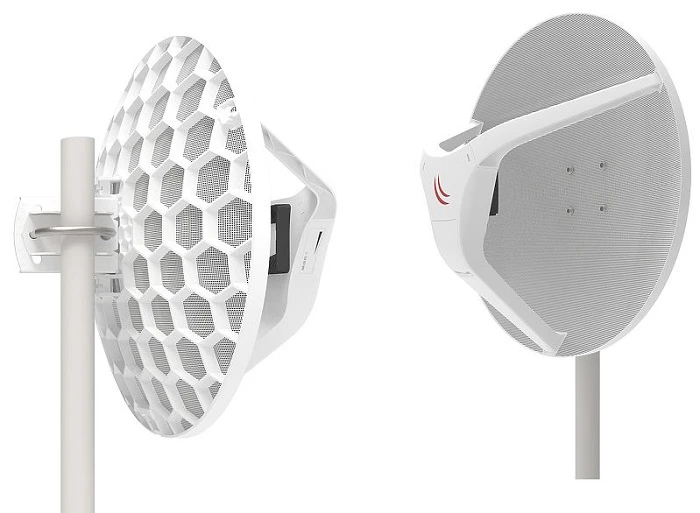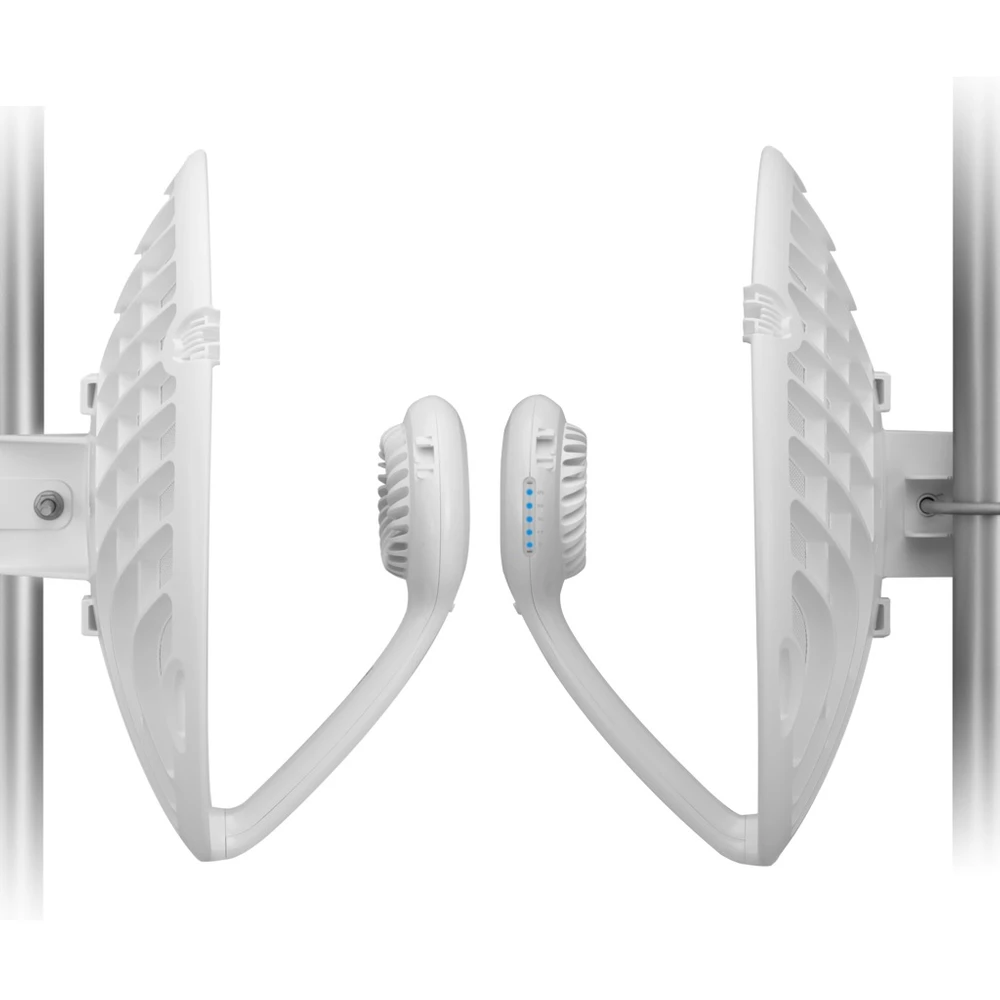 Click to enlarge!
Click to enlarge!
 Click to enlarge!
Click to enlarge!
 Click to enlarge!
Click to enlarge!
 Click to enlarge!
Click to enlarge!
 Click to enlarge!
Click to enlarge!
In the following links you will find a detailed discussion of our tests :
Ubiquiti airFiber60 | AF60 - field performance test
MikroTik LHG 60G - Efficient radio line for 60GHz for 1000 PLN. Is it possible?Tests on UDP level using BTest gave effects:
TCP tests using Jperf-2.0.2, laptops with a Gigabit Ethernet port and an Intel Core i5 Series processor have produced results:
You can find a detailed discussion of our test in the article - MikroTik LHG 60G - 60GHz Efficient radio for 1000 PLN. Is it possible?
More information can be found in our article - Ubiquiti airFiber60 | AF60 - Field Performance Test
 Click to enlarge!
Click to enlarge!
 Click to enlarge!
Click to enlarge!